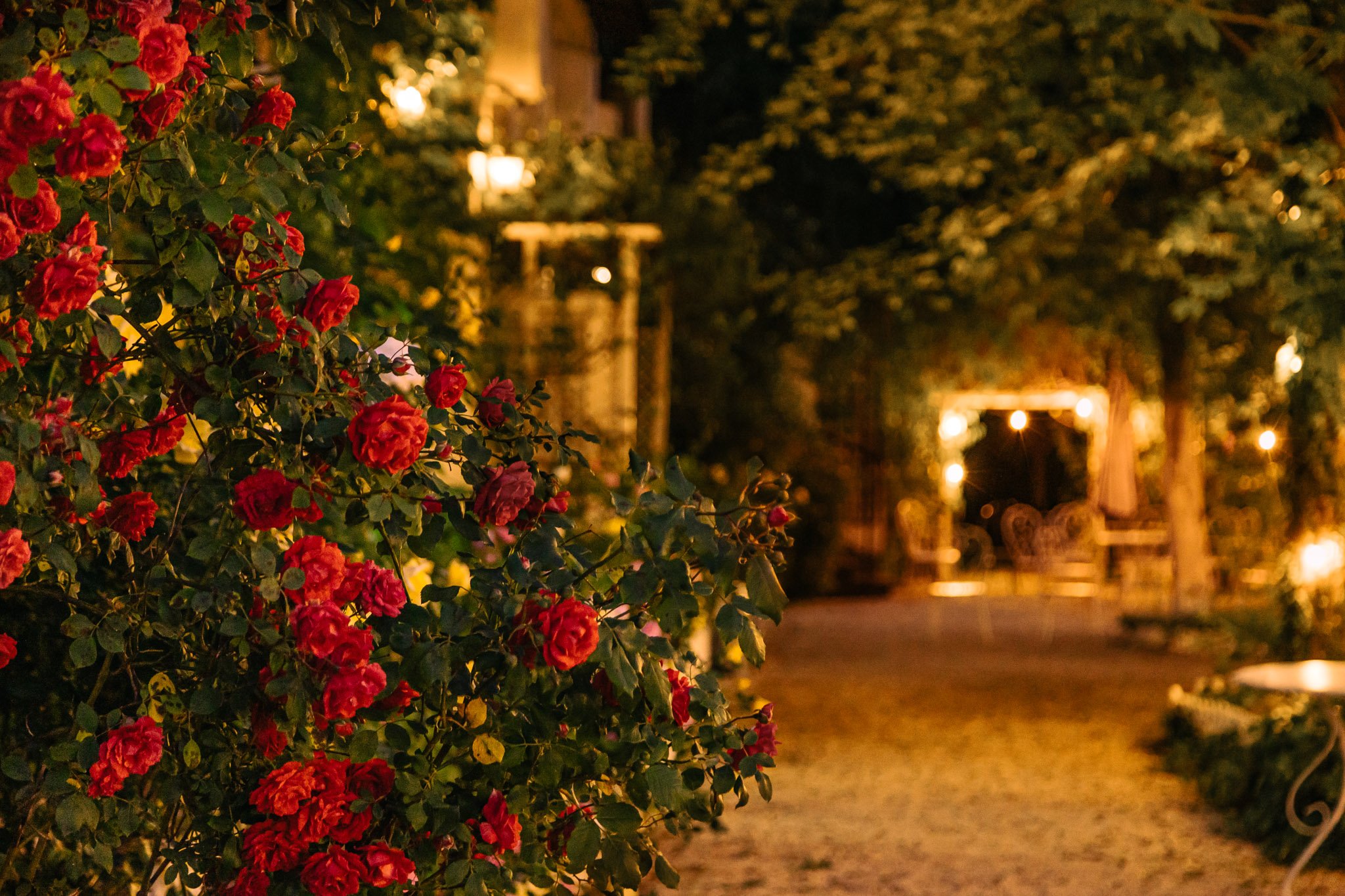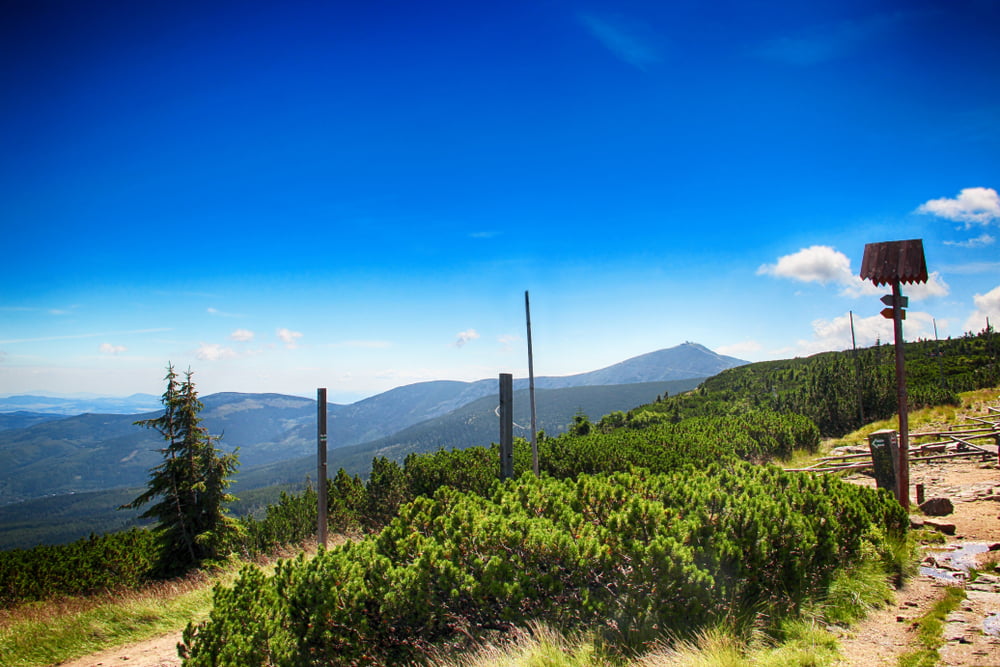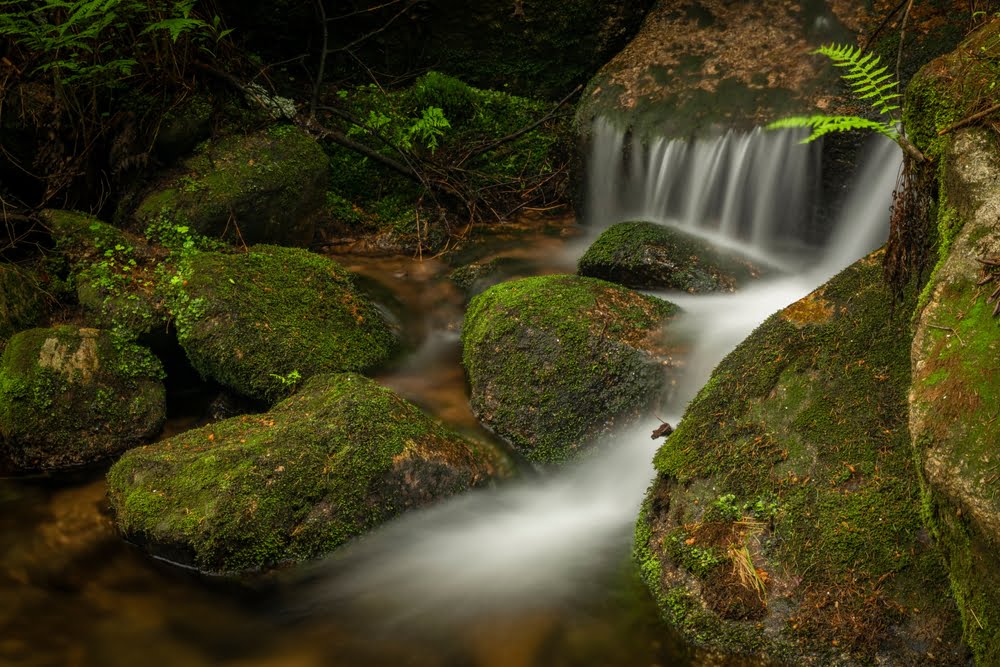Borowice is a small, but very attractive, quiet and peaceful holiday resort in the Five Streams Valley at the foot of the Karkonosze Mountains at an altitude of 625-710 m above sea level. It was founded in 1644 by a Swiss carpenter - Meertin Marksteiner, who fled the Czech Republic for fear of religious persecution during the Counter-Reformation. .
The first holidaymakers started coming here to Borowice in the 19th century. Tourism intensified when a road was built to Borowice from Przesieka and Sosnówka. The blue trail to Miłków runs through Borowice, as well as the yellow and green trails to Jagniątkowo and Chojnik Castle, and in the other direction to the Karkonosze Mountains. The most characteristic building of Borowice is the Church of Our Lady of Fatima.
History of Borowice
A water mill operated here since 1736. A hundred years later, a school and an inn were built. At the end of the 19th century, the small village became a real summer resort with several guesthouses and inns. In 1901, a road was built to Borowice Pine trees and Karpacz Górny. A year later, a road was built connecting the town with Podgórzyn. Construction began during World War II Sudecka Road. A forced labor camp was also established. It was prisoners of war and forced laborers sent from Silesia who were forced to do superhuman work in the construction of the stone Sudeten Road. The Germans wanted to connect the Sudetes with the Jelenia Góra Valley and the Jizera Mountains.
Wedding, corporate event or with friends?

The road was ultimately never completed. Currently, behind the intersection of the Sudecka Road and the blue trail that leads from Przesieka to the Karkonoska Pass. After about a kilometer, the road turns into a path with stone embankments. Then the path becomes more difficult and turns north-east, crossing the blue trail.
Paths of development
After World War II, Borowice retained its character as a summer resort, agricultural and pastoral place. However, the indigenous population of the Karkonosze Mountains had to leave this area. It was an extremely complicated undertaking. It included the resettlement of a total of over 85,000 Germans. In turn, the immigrant population was reluctant to adapt to the new conditions. People were not interested in developing the area or developing tourism. Local crafts and industrial plants disappeared, and the previously prosperous guesthouses and restaurants clearly went into decline.
Government restrictions on free movement in the border areas of the Karkonosze Mountains did not help. It was only in 1961, when it was created The Path of Polish-Czech Friendship There was a gradual development of local tourism. In Borowice itself, not many new buildings have been built, while retaining the original, old character that is attractive to tourists.
In the 1990s, there was a much greater revival in this area. Residents of the surrounding cities - Wrocław and Jelenia Góra - began to purchase plots of land in Borowice. They built or renovated houses on them to be used as private guesthouses. The popularity of Borowice among tourists gradually increased and remains at a high level to this day.

What is worth seeing when visiting Borowice?
Borowice is located in the Valley of Five Streams: Jelenia Potok, Granicznik, Modrzyk, Bobrówka and Jodłówka, which creates a truly charming valley with extensive meadows. All slope streams merge into the Kacza River near Borowice. Streams, forming small but numerous cascades, flow down the forested valley. During flood periods, they often leave their permanent bed, while during dry periods they are fed with groundwater.
The real attraction of Borowice is Kalevala. It is the only Sámi village in the world located outside Finland. There are plenty of attractions waiting for guests here, as well as the opportunity to stay overnight in hanging tents, a Viking tent or a Moomin House. In the village there are original bathing barrels and traditional Finnish saunas, as well as charming shops with souvenirs and local delicacies, around which reindeer and sled dogs happily run.
What else awaits tourists visiting Borowice?
In Borowice, next to the Hottur resort, there is a 650-meter drag lift with a ski equipment rental. There is a 700-meter long ski slope with a level difference of approximately 130 meters. In addition to skiing in winter and hiking in the mountains in summer, tourists visiting Borowice can take part in the "Guitar and Pen" sung poetry festival, organized since 1989.
